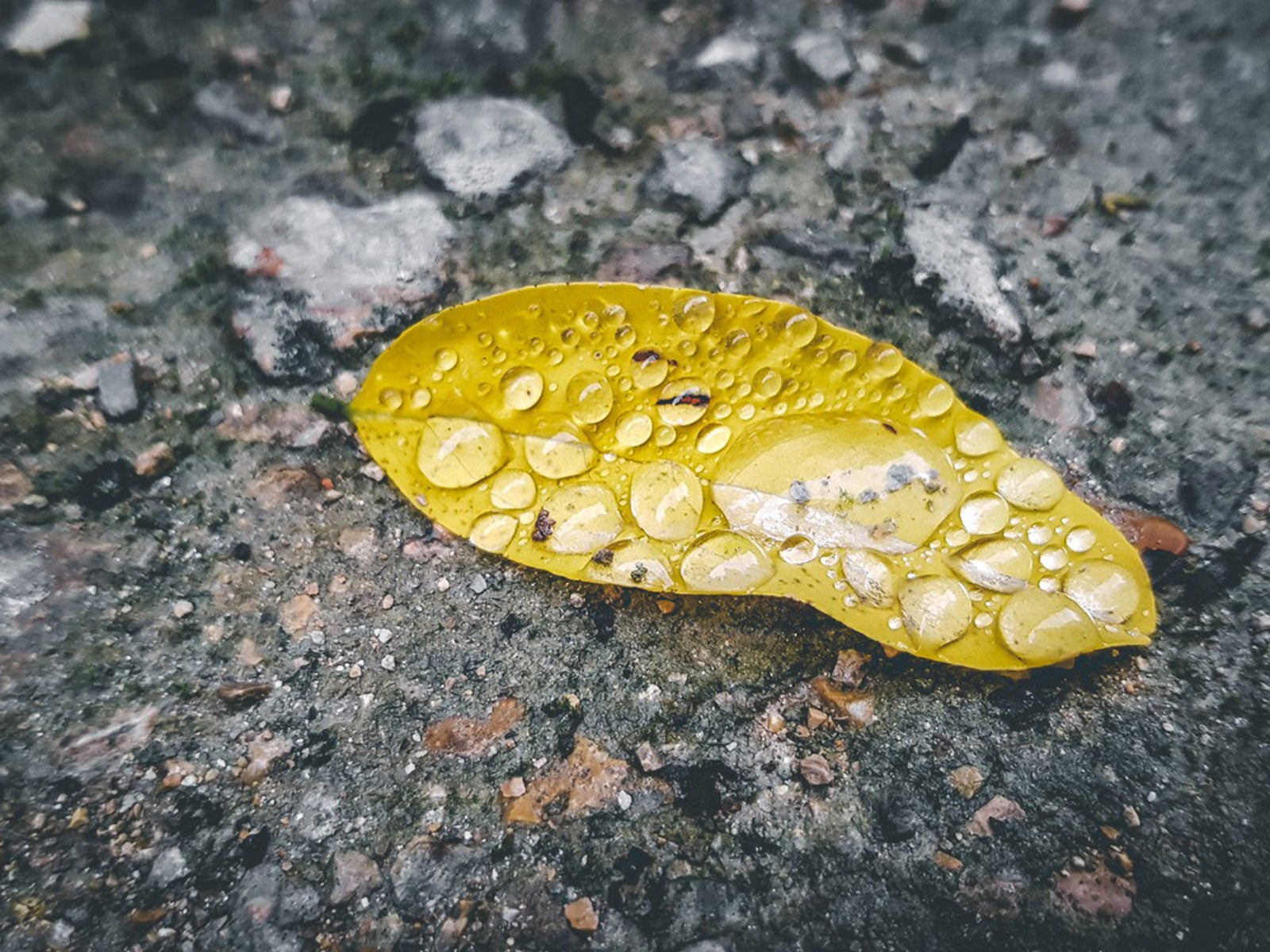What Is Acid Rain: Tips For Safeguarding Plants From Acid Rain Damage


Acid rain has been an environmental buzzword since the 1980s, even though it started falling from the sky and eating through lawn furniture and ornaments as early as the 1950s. Although common acid rain isn't acidic enough to burn skin, the effects of acid rain on plant growth can be dramatic. If you live in an acid rain-prone area, read on to learn about safeguarding plants from acid rain.
What is Acid Rain?
Acid rain forms when sulfur dioxide and nitrogen oxide react with chemicals like water, oxygen and carbon dioxide in the atmosphere to form sulfuric acid and nitric acid. Water containing these acidic compounds falls back to the earth as rain, harming plants and other immobile objects below. Although the acid from acid rain is weak, normally no more acidic than vinegar, it can seriously alter the environment, damaging plants and aquatic ecosystems.
Does Acid Rain Kill Plants?
This is a straightforward question with a not very straightforward answer. Acid rain and plant damage go hand in hand in areas prone to this type of pollution, but the changes to a plant's environment and tissues are gradual. Eventually, a plant exposed to acid rain will die, but unless your plants are incredibly sensitive, the acid rain unusually potent and frequent or you're a very bad gardener, the damage is not fatal. The way that acid rain damages plants is very subtle. Over time, the acidic water alters the pH of the soil where your plants are growing, binding and dissolving vital minerals and carrying them away. As the soil pH falls, your plants will suffer increasingly obvious symptoms, including yellowing between the veins on their leaves. Rain that falls on leaves can eat away the outer waxy layer of tissue that protects the plant from drying out, leading to the destruction of the chloroplasts that drive photosynthesis. When a lot of leaves are damaged at once, your plant may become very stressed and attract a host of pests and diseases organisms.
Safeguarding Plants from Acid Rain
The best way to protect plants from acid rain is to prevent rain from falling on them, but with larger trees and shrubs this may be impossible. In fact, many experts recommend planting more tender specimens under large trees to protect them from damage. Where trees aren't available, moving these delicate plants to gazebos or covered porches will do. When all else fails, some thick plastic draped over stakes surrounding the plant can hold off acid damage, provided that you place and remove the covers promptly. The soil is another matter entirely. If you live in an area where acid rain is common, soil testing every six to 12 months is a good idea. Frequent soil tests will alert you to problems in the soil so you can add extra minerals, nutrients or lime when necessary. Staying one step ahead of acid rain is vital to keeping your plants healthy and happy.
Gardening tips, videos, info and more delivered right to your inbox!
Sign up for the Gardening Know How newsletter today and receive a free copy of our e-book "How to Grow Delicious Tomatoes".

Kristi Waterworth was a regular contributor to Gardening Know How for many years, answering countless queries on plant pests and diseases.
-
 12 Lush Alternatives To A Lawn For Sustainable Spaces
12 Lush Alternatives To A Lawn For Sustainable SpacesAlternatives to a lawn are beautiful and also beneficial to your local ecosystem and its pollinators. Explore our top picks for plants to replace grass.
By Tonya Barnett
-
 Types Of Tomatoes Explained: Explore The Many Wonderful Shapes, Colors, Flavors, & Best Uses
Types Of Tomatoes Explained: Explore The Many Wonderful Shapes, Colors, Flavors, & Best UsesThe world of tomato varieties is vast and fascinating. Learn about the key types to grow in your garden, tailored to your preferences and space.
By Amy Grant